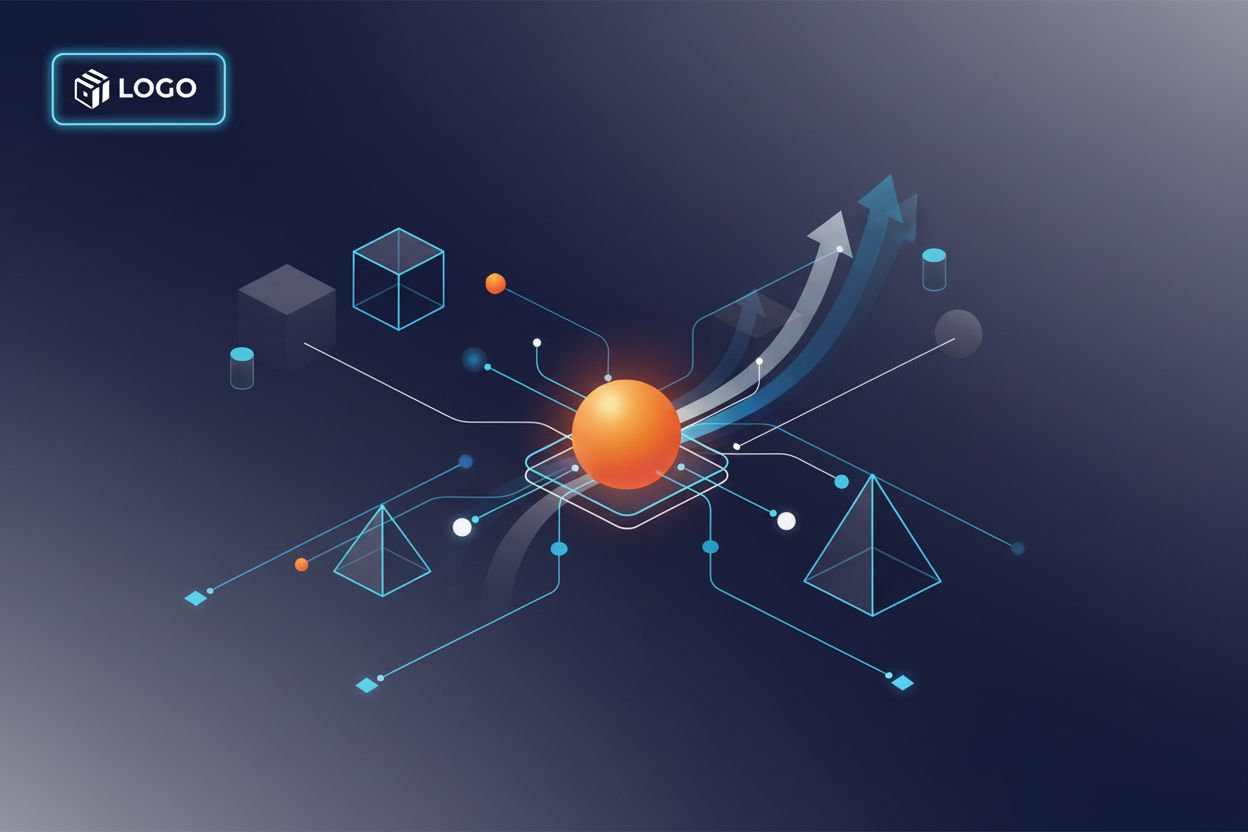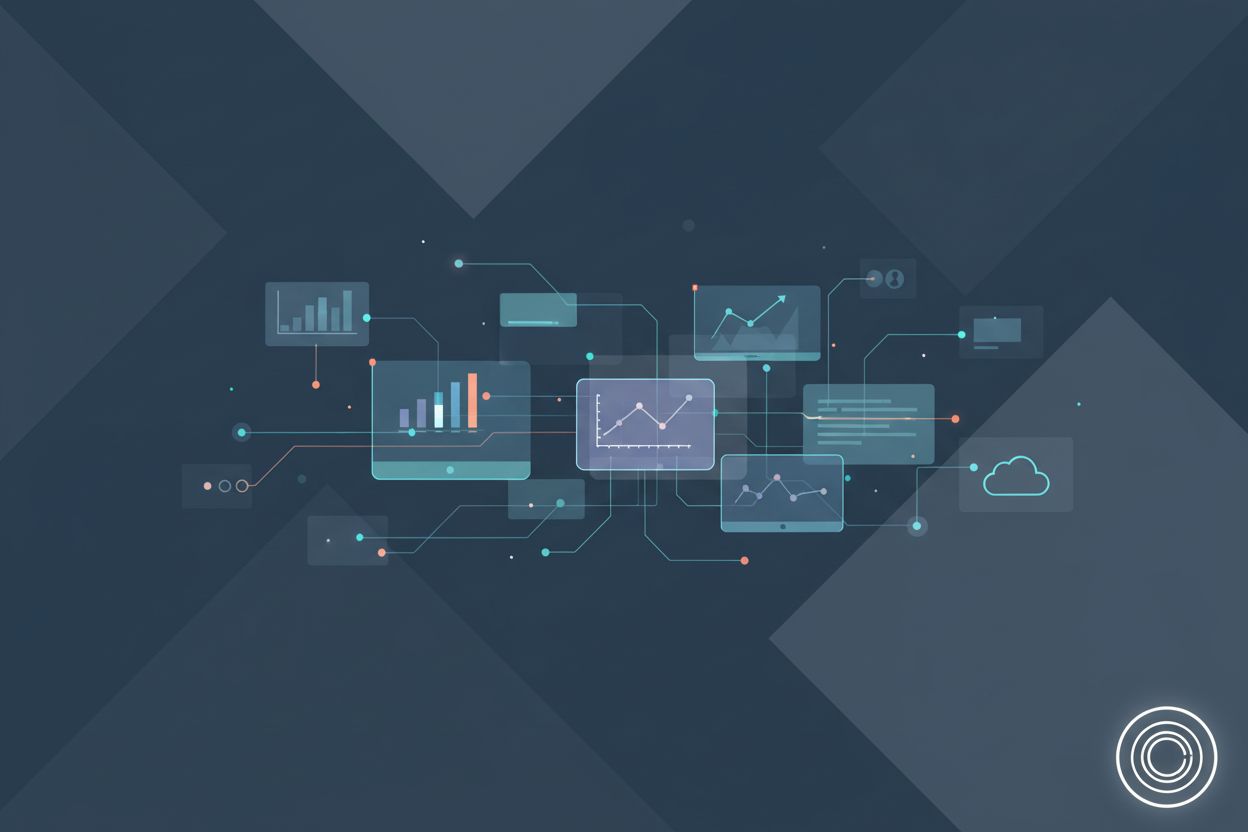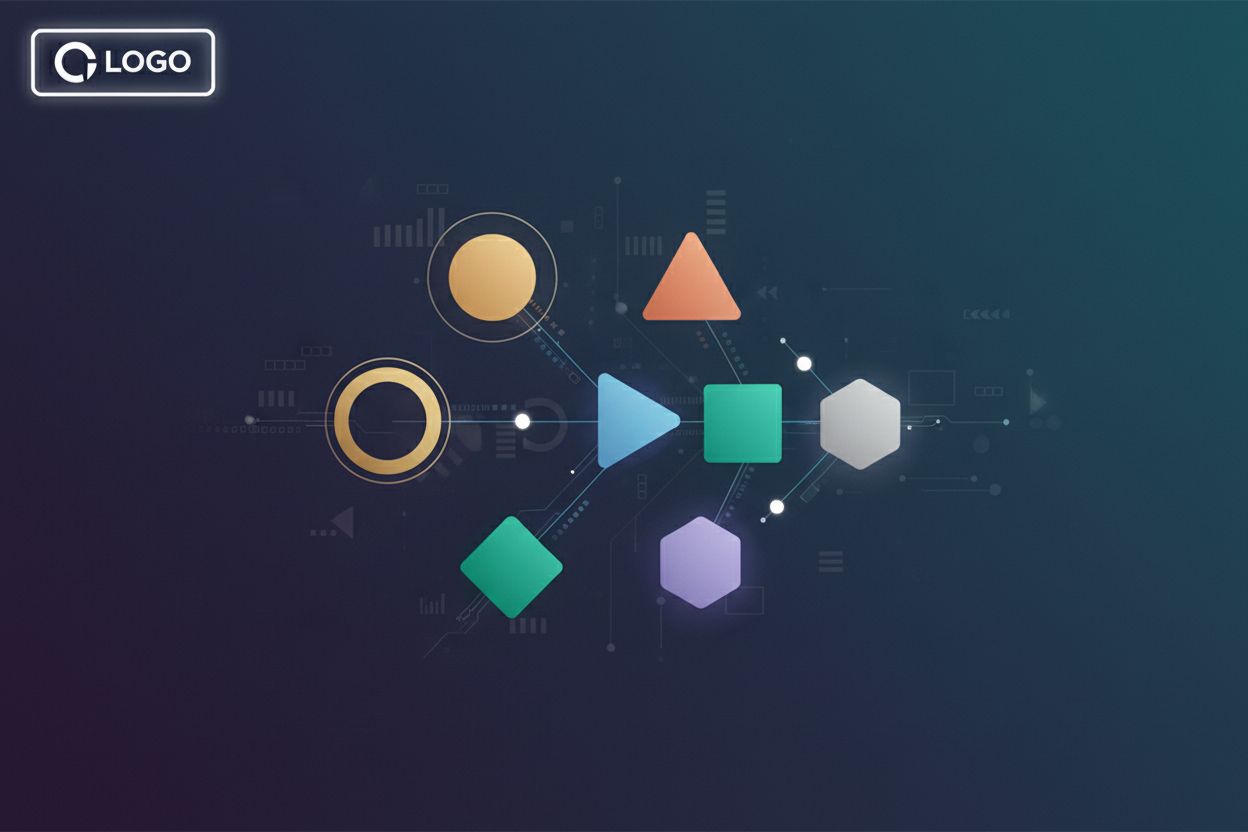AI-Powered Personalization in Digital Marketing
TL;DR
Understanding AI-Powered Personalization: A New Paradigm
AI-powered personalization, huh? It's not just a buzzword anymore, it's kinda like the new normal. But, is it really all that different from what we've been doing?
Well, ai-powered personalization is all about using data-driven insights to make customer experiences, you know, feel special. It goes beyond just slapping a customer's name on an email.
- It's using machine learning to predict what customers might want. So, this is not just about what they bought last week, but what they might buy next month.
- Think about it: in healthcare, could be used to offer patients personalized wellness plans, or in finance, it's about suggesting tailored investment options.
- But it's different from the old ways, because it's constantly learning and adapting, not just following some pre-set rules.
Customers expect more these days. They want experiences that feel like they were made just for them.
- If you actually deliver that, you're more likely to keep 'em loyal, right?
- Personalization isn't just about being nice, it's about making money. Companies who are good at personalization see a bigger return on investment.
- According to : Transforming Consumer Engagement and Strategy, ai is transforming digital marketing by enabling hyper-personalized customer experiences.
So, with customers wanting stuff tailored, and businesses seeing the money benefits, it's kinda a no-brainer. Next up, we'll look at the core concept of ai-powered personalization and how it differs from traditional methods.
Key Components: How AI Drives Personalized Experiences
Alright, so how's ai really changing things? It's kinda like switching from a flip phone to a smartphone, right? Let's get into the core pieces that make ai-powered personalization actually, well, personal.
It all starts with the data. We're talkin' everything – demographics, what folks are browsing, what they're saying on social media... you name it.
- It's not just what data you grab, but how. Are you being upfront with customers about how you're using their info? That's key for building trust, especially with privacy laws like gdpr breathing down everyone's neck.
- ai is pretty handy for sifting through all that data, spotting trends that humans might miss. It's like having a super-powered research assistant, but you gotta make sure it's not biased, ya know?
Once you got the data, you gotta sort it. ai helps split your audience into smaller groups based on their behaviors and what they seem to dig.
- Think about a clothing retailer: ai could spot that some customers are all about sustainable fashion, while others are hunting for deals. You can then tailor your marketing to each group.
- Dynamic segmentation is where it gets real cool. It ain't just a one-time thing; these segments are constantly changing as customer behavior shifts.
Recommendation engines are those ai algorithms that suggest products or content.
- They're not all created equal. Some use collaborative filtering (what similar users liked), some use content-based filtering (what's similar to what you already liked), and some mix it up with a hybrid approach.
- A music streaming service might suggest new artists based on what you've been listening to or what other fans of that artist are checking out.
ai can whip up content that changes based on who's lookin' at it.
- Imagine an email with a subject line that's tailored to your interests, pulled from what you've been browsing on a website.
- A/B testing is your friend here. Try out different versions of your dynamic content to see what clicks best with different segments.
ai can even try to guess what customers might do next (like if they’re about to jump ship).
- A telecom company might use predictive analytics to spot customers who are likely to switch providers.
- Then, they can swoop in with personalized offers to keep 'em happy.
So, that's the gist of the key components. It's all about data, ai smarts, and creating experiences that feel like they were made just for that customer. Next up, we'll dive into data collection and analysis in more detail.
Benefits of AI-Powered Personalization: Real-World impact
Okay, so how is ai actually impacting digital marketing in the real world? It's not just theory, it's changing how companies do business.
- ai is upping customer engagement and satisfaction, like, big time. Personalized experiences resonate more, ya know? It kinda makes sense that customers feel more connected when a brand gets them.
- Think about it, a clothing retailer using ai to suggest outfits based on a customer's style and the weather? That's way different from just blasting everyone with the same generic catalog, right?
- And it's not just about feeling good, it's about cold, hard cash. Personalized offers and recommendations are drivin' up conversion rates and sales.
It's also helping companies keep customers around for longer. When people feel valued, they stick with the brand like glue. It's all interconnected, see? Happier customers, more sales, and better retention. And, uhm, it's makin' marketing spend more efficient too-ai is helpin' target the right audience.
Next up, we'll dig into just how these benefits are playing out in the real world, with some examples.
Challenges and Ethical Considerations: Navigating the Pitfalls
Okay, so ai-powered personalization ain't all sunshine and rainbows, right? There's some real stuff to think about before diving headfirst.
Here's the deal:
Data privacy and security is kinda' a big one. We're talkin' about collecting and storing personal data, and folks get nervous you know? Gotta be upfront about how you're using their info and stick to data protection rules, like gdpr.
- Plus, you gotta have some serious security in place; can't be havin' breaches and leakin' everyone's deets.
Bias in algorithms? Yeah, that's a thing. ai learns from data, and if that data's got biases, the ai will just keep 'em goin'.
- Gotta keep an eye on that and make sure everyone's getting a fair shake, not just the folks the ai already likes.
Customer trust, man, it's everything. if people think you're misusing their data, or not respecting their privacy; they're gonna bolt.
- Be straight up, be honest, and build that trust with good data practices.
Algorithm transparency is a headache. ai can be a black box, hard to see how it's makin' its decisions.
- But transparency is important to build trust, and making ai more interpretable is, uhm, a good thing.
Now, the tricky thing is balancing all this. You want that sweet, sweet personalization, but you gotta do it right, ya know?
Next up, we'll get into the idea of algorithm transparency and why it matters.
Future Trends: The Evolving Landscape of AI Personalization
Alright, so, ai-powered personalization? Where is it headed, right? It's not just about what's happening now, but what's comin' down the pike. What's next?
ai is gonna be way better at understanding us. Think about it: it'll pick up on your tone, your mood, and even what it sees in your face. So, instead of just offering you a discount, it'll know you're frustrated and maybe offer some extra help or a freebie. The article at TheeDigital suggest that voice and visual search are continuing to evolve.
This'll be huge for customer service. Imagine ai chatbots that actually get what you're sayin', and can adjust their approach to match your vibe. This means less frustration and happier customers.
Voice commerce is gonna get a major boost, too. You'll be able to just talk to your devices to buy stuff, and they'll know exactly what you want based on your past habits and current mood. It's all about makin' things easy, ya know?
ar and vr are gonna open up a whole new world of personalized marketing. Imagine tryin' on clothes virtually, or seein' how furniture would look in your house before you buy it.
Companies will be able to create totally immersive brand experiences that feel super real. It's all about makin' a connection that goes beyond just seein' an ad.
Think virtual tours of vacation rentals, or interactive product demos that let you play around with features before you commit. It's gonna be wild, I tell ya.
Blockchain can help protect your data and make sure things are on the up-and-up. It's all about buildin' trust with customers who are worried about their privacy.
By using blockchain, companies can give customers more control over their info. This is a big deal, especially with everyone gettin' so sensitive about data these days.
Blockchain can also make sure that data is legit and hasn't been messed with. This is important for buildin' trust and makin' sure everyone's playin' fair.
It's important to make sure ai is fair, honest, and respects people's privacy. We can't just let ai run wild without thinkin' about the consequences.
Companies need to put ethics first when they're buildin' and usin' ai systems. This means bein' transparent about how ai works and makin' sure it's not biased.
By bein' responsible with ai, companies can build trust and make sure they're doin' things the right way. It's all about playin' the long game, ya know?
So, that's a peek into the future of ai personalization. Next up, we'll get into blockchain technology for data security and transparency...
Strategic Implementation: A Step-by-Step Guide
Okay, so how do you actually do this ai-powered personalization thing? Turns out, it's not rocket science, but you do need a plan.
First, assess your current marketing infrastructure. Do you know how to grab data? Are you any good at lookin' at it? What tools do you even have? You gotta figure out what you're workin' with first.
Next, you need some goals, right? Define clear goals and objectives. Don't just say "more sales" like, how much more? And how will personalization help you get there? Make sure your goals are actually achievable.
Then you need the right tools, selecting the right ai tools and platforms. There’s a million options; which one fits your budget and, uhm, you actually know how to use?
Training your team and fostering a data-driven culture is next. No point gettin' all this fancy ai if your team's still doin' things the old way. Get 'em trained up and ready to use data to make choices.
Finally, gotta keep an eye on things: monitoring, evaluating, and refining your strategies. Is this stuff actually workin'? Are customers diggin' it? Don't be afraid to tweak things as you go.
So, that's a quick rundown. Now that we have a plan; let's move on to how GetDigitize can help with brand strategy.
Case Studies: Successful AI Personalization Campaigns
AI-powered personalization is transforming digital marketing, but what does success really look like? Let's look at how it's playing out in real campaigns.
- Netflix is a prime example. Their ai uses viewing history to serve up personalized recommendations. It's not perfect, but keeps folks glued to their screens and comin' back for more.
- Amazon uses AI to suggest products based on what you've been eyeballin'. Theyre good at turning browsing into buying, ya know? Key is to optimize those recommendations.
- Spotify creates those "Discover Weekly" playlists. it's about keepin' users hooked with tunes they'll likely dig.
These examples show how personalization can boost engagement. The key is data, ai smarts, and deliverin' experiences that feel custom-made. So, next up: Case Studies: Successful ai Personalization Campaigns









